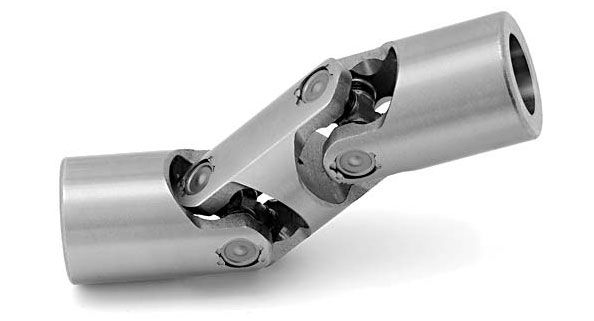Bolts play a fundamental role in securing structures, machinery, and components in diverse industries. However, the risk of shear failure poses a serious concern. In this article, we explore the intricacies of preventing bolt shear failure, offering practical insights and proactive measures to ensure the reliability and longevity of bolted connections.
1. Understanding Bolt Shear Failure
A. The Anatomy of Shear Failure
Begin by dissecting the mechanics of bolt shear failure. Explore how shear forces acting parallel to the axis of the bolt can lead to catastrophic consequences, emphasizing the critical importance of addressing this failure mode.
B. Identifying Vulnerable Scenarios
Discuss scenarios where bolt shear failure is more likely to occur, such as in high-stress environments, applications subjected to dynamic loads, or instances where improper installation practices may compromise the integrity of the bolted connection.
2. Choosing the Right Bolt Material and Grade
A. Material Compatibility
Highlight the significance of selecting the appropriate bolt material based on the application's requirements. Explore the characteristics of common bolt materials like carbon steel, alloy steel, and stainless steel, considering factors such as corrosion resistance and tensile strength.
B. Understanding Bolt Grades
Dive into the importance of bolt grades and how they correlate with specific applications. Differentiate between standard grades and high-strength grades, elucidating the role of grade markings in ensuring the correct bolt is used for a given load-carrying capacity.
3. Optimal Bolt Installation Practices
A. Torque and Tensioning
Discuss the critical role of proper bolt installation, focusing on torque and tensioning. Explore how achieving the specified torque ensures that the bolt clamps the joint securely, distributing loads evenly and minimizing the risk of shear failure.
B. Preload and Elasticity
Delve into the concept of preload and the elasticity of bolts. Emphasize how applying a preload creates a clamping force that counters external loads, enhancing the bolt's resistance to shear forces and preventing the development of gaps within the joint.
4. Implementing Redundancy Measures
A. Multiple Bolt Configurations
Explore the concept of redundancy in bolted connections. Discuss the advantages of using multiple bolts in parallel or series configurations, distributing the load across multiple points and mitigating the risk of shear failure in case of one bolt's failure.
B. Backup Systems and Safety Nets
Highlight the importance of backup systems and safety nets in critical applications. Discuss the design considerations for redundant systems that provide fail-safes, ensuring the structural integrity even in extreme conditions.
5. Regular Inspection and Maintenance
A. Periodic Checks
Stress the necessity of regular inspection and maintenance routines. Discuss the visual and non-destructive testing methods that can be employed to identify potential issues such as corrosion, fatigue, or misalignment before they escalate into shear failure risks.
B. Addressing Wear and Tear
Provide insights into addressing wear and tear issues promptly. Discuss the procedures for replacing worn-out bolts, considering the implications of deferred maintenance on the overall integrity of the bolted connection.
Conclusion: Fortifying Bolted Connections for Resilience
Summarize the article by emphasizing the holistic approach to preventing bolt shear failure. From material selection to installation practices and ongoing maintenance, a comprehensive strategy ensures that bolted connections remain resilient against shear forces, contributing to overall safety and reliability.


